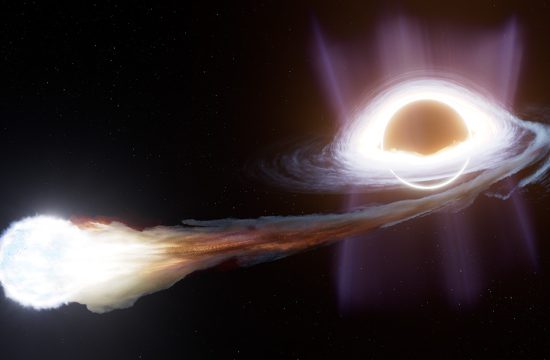
Groundbreaking Achievement: NSF Daniel K. Inouye Solar Telescope Produces its First Magnetic Field Maps of the Sun’s Corona
Maui, Hawaii – The U.S. National Science Foundation (NSF) Daniel K. Inouye Solar Telescope, the world’s most powerful solar telescope, designed, built, and operated by the NSF National Solar Observatory (NSO), achieved a major breakthrough in ...

NASA’s James Webb Space Telescope Finds Most Distant Known Galaxy
Over the last two years, scientists have used NASA’s James Webb Space Telescope (also called Webb or JWST) to explore what astronomers refer to as Cosmic Dawn – the period in the first few hundred ...

NASA’s Roman Space Telescope Could Help Researchers Detect the Universe’s First Stars
The first stars to form in the universe were very different from our Sun. Known to astronomers (somewhat paradoxically) as Population III, or Pop III, stars, they were made almost entirely of hydrogen and helium ...

Dark Energy Camera Spies Cometary Globule Reaching for the Stars
The dark, dusty cometary globule known as CG 4 is spotlighted in this image from the Department of Energy-fabricated Dark Energy Camera mounted on the U.S. National Science Foundation Víctor M. Blanco 4-meter Telescope at ...

Gemini South Reveals Origin of Unexpected Differences in Giant Binary Stars
Using the Gemini South telescope a team of astronomers have confirmed for the first time that differences in binary stars’ composition can originate from chemical variations in the cloud of stellar material from which they ...

Webb Captures Top of Iconic Horsehead Nebula in Unprecedented Detail
NASA’s James Webb Space Telescope has captured the sharpest infrared images to date of a zoomed-in portion of one of the most distinctive objects in our skies, the Horsehead Nebula. These observations show the top ...
